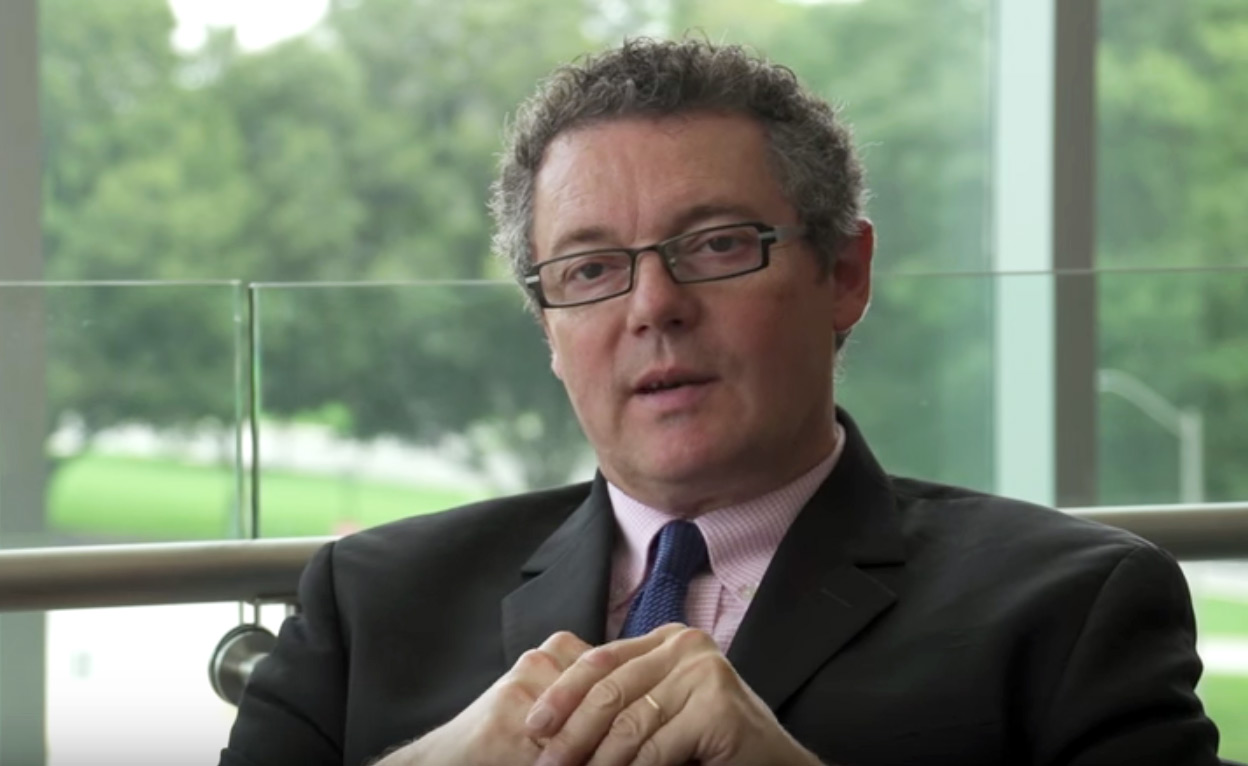“Prime” time: Amazon Prime Day and its future
TU's Philippe Duverger talks about Amazon Prime Day and the future of the retailer
By Megan Bradshaw on July 15, 2018

Towson University College of Business & Economics associate professor and director of graduate programs in marketing intelligence and interactive marketing Philippe Duverger shares his insights on Amazon Prime Day and its future ahead of the 2018 edition.
Learn about the marketing intelligence program
How have gradual price increases affected Amazon Prime’s membership base?
There’s always a dip, like when Netflix increased its prices and changed its services. That really backfired. But Amazon will likely only see a slight change.
Raising prices from $99 to $119 crosses a psychological threshold that might be a red flag for some people.
Why are products priced with numbers ending with “9”?
How could Amazon continue to justify the continual price increases?
If no one leaves, there is no need to add anything. That increase goes right to the bottom line and makes shareholders happy.
Amazon can focus on its benefit of free shipping and how everything customers need is in one place.
How much do you think Amazon banks on turning free trial members, who sign up just for Prime Day, into permanent users?
The concept of Amazon’s free trial plays on human weaknesses. Number one, people are bad at mental accounting. They forget to cancel free trials or don’t notice price increases. Number two, the concept of “stickiness”—people don’t want to have to click multiple times to have to cancel something, so they don’t bother. And third, Amazon’s shopping experience makes you feel good. Its marketing focuses on the benefits of free shipping and points out how much you save when you use Prime.
Will people ever stop paying for an Amazon Prime membership?
Customer loyalty and “stickiness” will keep a hold on current customers. If Amazon is smart, it will spread out the price increases so the customers don’t feel or notice them.
The challenge is gaining new customers. Why should millennials give up being on their parents’ Prime accounts? To capture more customers, Amazon may decide to add more media—file storage, movie selection, even a phone. It will then also compete with Netflix and Hulu.
How has Prime Day disrupted Black Friday’s traditional hold on the economy?
It has disrupted Black Friday the same way Amazon disrupted the dominance of brick and mortar stores. It led the online shopping revolution. But its marketing tactics are the same as ones from the 1950s—get the customer’s attention with sales, low prices and benefits for members.
It is also mid-year, when there are no national gift-giving holidays. That makes it an event for people to look forward to and get excited about.
Can Prime get too big?
It is unlikely. Amazon wants to be the lowest price, so it will continually reinforce that idea in as many ways as possible. Even making every day Prime Day wouldn’t dilute people’s interest. All kinds of businesses have sales throughout the year. Amazon’s algorithm can capture shoppers’ interest, wish list items and tailor sales to suit individuals’ needs.
College of Business & Economics
Meet Philippe Duverger
Philippe Duverger is an associate professor and director of graduate programs in marketing intelligence and interactive marketing. His areas of expertise include service innovation, consumer behavior, social media, social network analysis and quantitative methods.